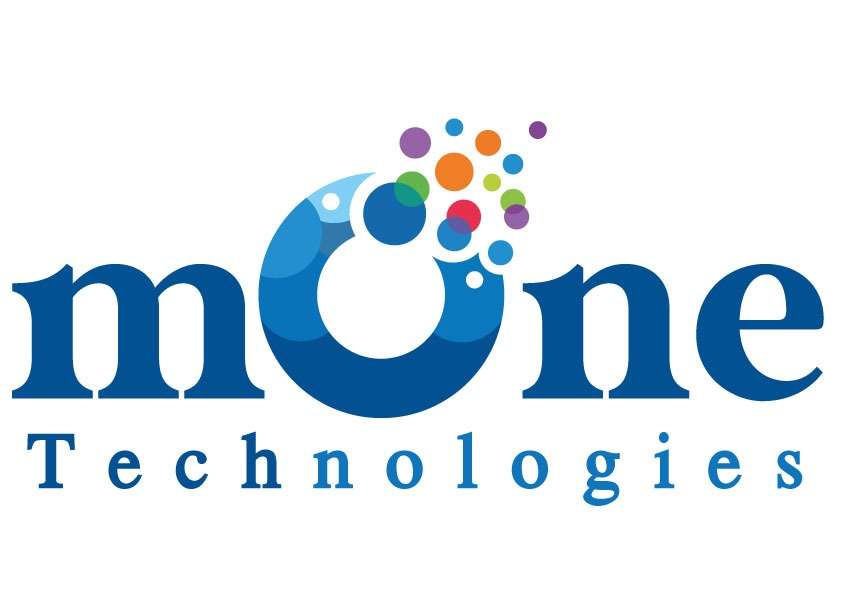ServiceNow’s integration with Microsoft Teams is designed to improve collaboration and communication between ServiceNow users and teams. In this post, we will discuss some of the key benefits and best practices for using ServiceNow’s integration with Microsoft Teams.
First, the integration allows ServiceNow users to receive notifications and alerts directly in Microsoft Teams. This includes notifications for new incidents, changes, and tasks, as well as alerts for critical incidents or high-priority tasks. Users can also interact with ServiceNow directly from within Microsoft Teams, such as by assigning tasks or updating incidents.
Second, the integration allows users to search for and access ServiceNow records directly from within Microsoft Teams. This includes the ability to search for incidents, changes, and tasks, as well as access knowledge articles and other resources.
Third, the integration allows users to create and update ServiceNow records directly from within Microsoft Teams. This includes the ability to create new incidents or tasks, update existing records, and assign tasks to other team members.
Fourth, the integration provides users with a centralized platform for managing all of their ServiceNow and Microsoft Teams communications and interactions. This improves collaboration and communication between teams, as well as streamlining workflows and reducing manual processes.
Fifth, it is important to establish best practices for using ServiceNow’s integration with Microsoft Teams. This includes setting up custom notification and alert settings, configuring access and security controls, and establishing guidelines for how to interact with ServiceNow within Microsoft Teams.
In summary, ServiceNow’s integration with Microsoft Teams provides organizations with a powerful tool for improving collaboration and communication between teams, streamlining workflows, and enhancing the overall user experience. By leveraging the advanced features and capabilities of this integration, organizations can improve operational efficiency, reduce resolution times, and enhance productivity and collaboration across all of their service channels.

